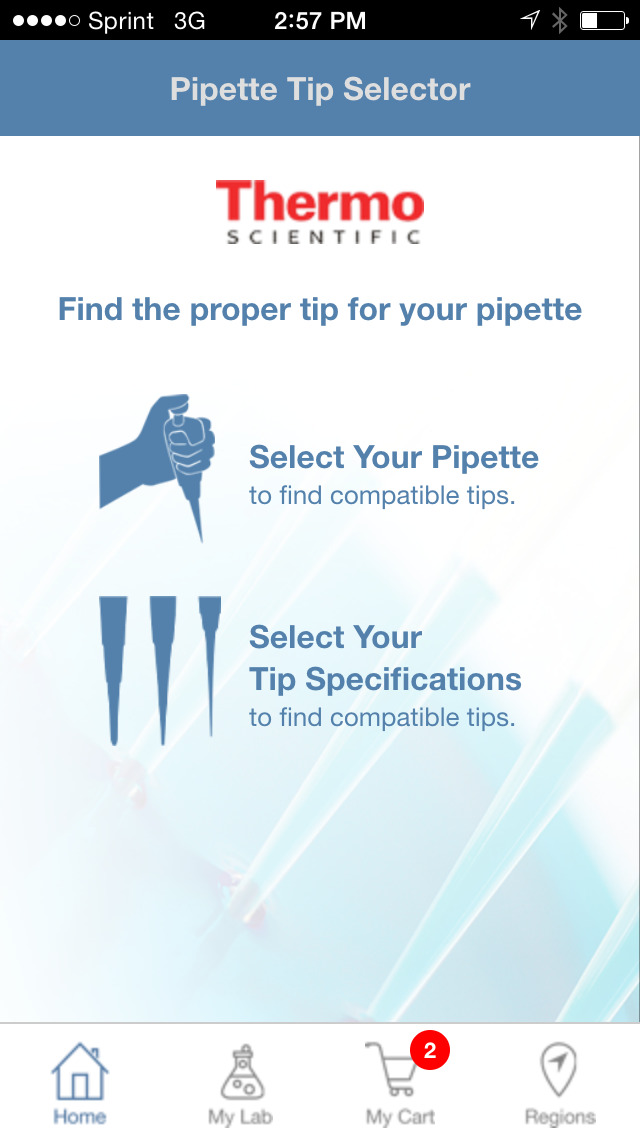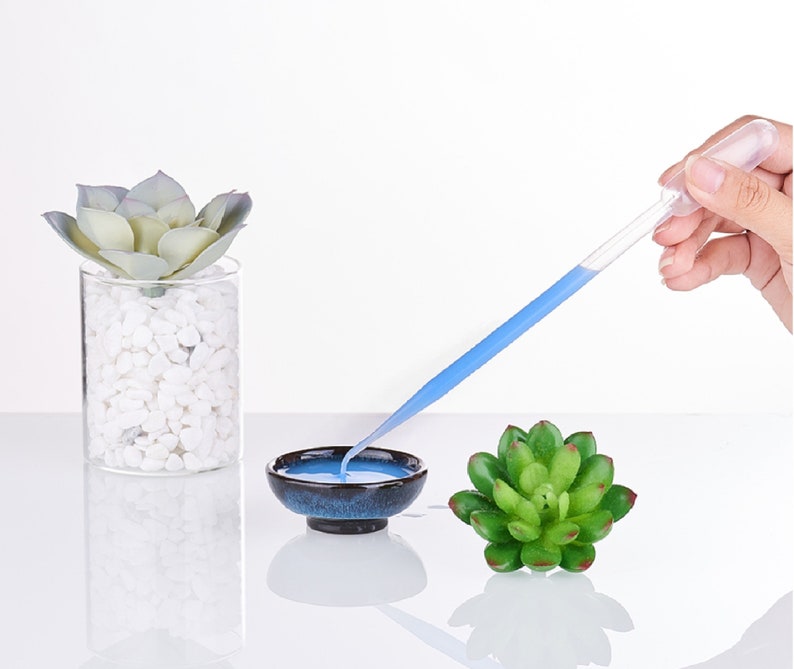
The four standard sizes of micropipettes correspond to four different disposable tip colors: These pipettes require disposable tips that come in contact with the fluid.

Common pipettes Air displacement micropipettes Īir displacement micropipettes are a type of adjustable micropipette that deliver a measured volume of liquid depending on size, it could be between about 0.1 µl to 1,000 µl (1 ml). The terms "pipette" and "pipet" are used interchangeably despite minor historical differences in their usage. Pipettes that dispense between μl are sometimes distinguished as micropipettes. Nomenclature Īlthough specific names exist for each type of pipette, in practice, any type can be referred to as a "pipette". The adjustable micropipette is a Wisconsin invention developed through interactions among several people, primarily inventor Warren Gilson and Henry Lardy, a professor of biochemistry at the University of Wisconsin–Madison. Heinrich Netheler, inherited the rights and started the commercial production of micropipettes in 1961. The founder of the company Eppendorf, Dr. The first micropipette was patented in 1957 by Dr Heinrich Schnitger ( Marburg, Germany). Large pipettes continue to be made in glass others are made in squeezable plastic for situations where an exact volume is not required.

The first simple pipettes were made in glass, such as Pasteur pipettes.

Measurement accuracy varies greatly depending on the instrument. Many pipette types work by creating a partial vacuum above the liquid-holding chamber and selectively releasing this vacuum to draw up and dispense liquid. Pipettes come in several designs for various purposes with differing levels of accuracy and precision, from single piece glass pipettes to more complex adjustable or electronic pipettes. Various pipettes and related items: 1) Adjustable pipettes, from left: 20–200 μl, 2–20 μl, 100–1000 μl 2) Graded transfer pipette and electric pipette filler 3) 25 mL, 10 mL, 5 mL, and 2 mL transfer pipettes 4) Disposable tips for adjustable pipettes 5) 12-channel adjustable pipette for microplates 6) Low-retention 0.5–10 μl adjustable pipette 7) Squeezable transfer pipettes 8) Digital adjustable pipette 9) Light-guided pipetting systemĪ pipette (sometimes spelled as pipet) is a laboratory tool commonly used in chemistry, biology and medicine to transport a measured volume of liquid, often as a media dispenser.


 0 kommentar(er)
0 kommentar(er)
